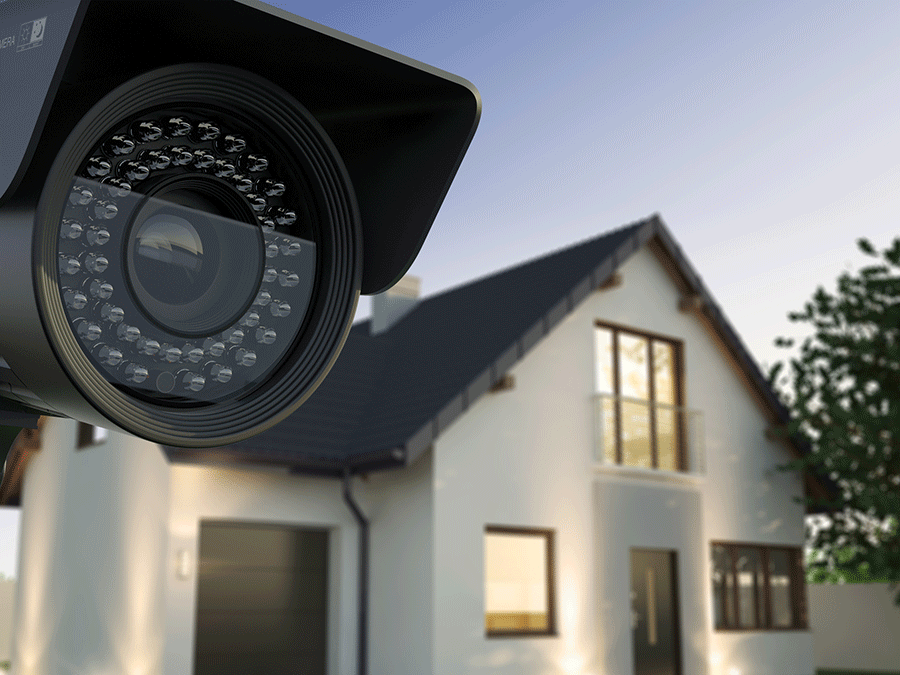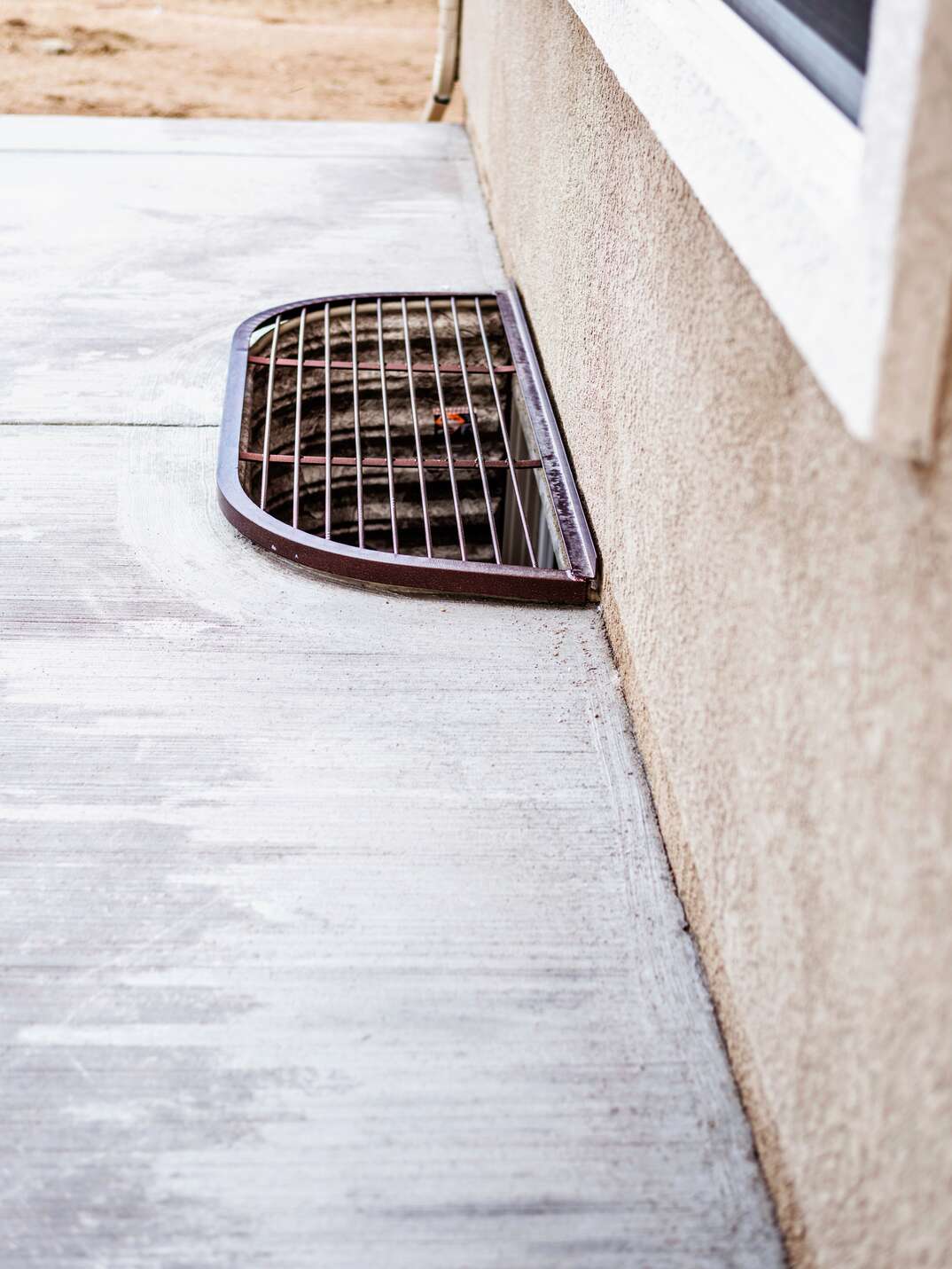How Much Does a Home Security System Cost?

By some estimates, a home burglary occurs on average every 26 seconds in the United States. That’s roughly 3,000 burglaries every day. It’s a mind-boggling statistic, but don’t panic — you can take action. One way to deter home burglaries is by installing a home security system. But, with so many different kinds of security systems on the market that vary in price and complexity, you might be left wondering: Are home security systems really worth the investment?
This May Also Interest You: What Are the Best Home Security Gadgets?
If you find yourself in this position — torn between protection and pragmatism — here’s a simple breakdown of the related costs to help you decide whether a home security system is right for you.
Is a Home Security System Worth It?
The No. 1 reason for installing a home security system is obvious: to help prevent burglars from breaking into your home. According to statistics, criminals are nearly three times more likely to break into a house that doesn't have a home security system installed — for which reason, alone, a home security system may be more than worth its weight in peace of mind.
It’s a personal decision, but one worth careful consideration. Aside from the obvious loss of possessions, burglaries can also feel personally violating. Victims of burglaries regularly report feelings of sadness, helplessness and fear. It’s an unsettling feeling to realize your home isn’t as safe as you thought it was.
Most people associate home security systems with the primary goal of warding off break-ins, but there are a number of other logical reasons for adding a system to your home that many do not consider. For example, home security systems can also protect your home against fire thanks to the additional sensors that come along with it.
What's more, these systems are often more advanced than a simple smoke detector; in addition to detecting smoke and heat, they’ll also report the fire to emergency responders. For homeowners, particularly those with pets, this can literally be a life saver. If your house catches on fire while you're away, your pet could be trapped inside. A smoke monitoring system can alert you and authorities, and potentially save your pet’s life.
Another great reason for installing a home security system is that it can potentially lower your monthly insurance premiums. Because monitored security systems are proven effective, having one can lower your insurance premiums by up to 20%. Homeowners worried about the upfront costs associated with monitoring systems can take heart knowing that these costs can be recouped later.
Additionally, having a home security system can even increase the value of your home. Looking at a home security system through this lens might up its overall value and make it seem like less of a frivolous expense.
How Much Does It Cost to Install a Home Security System?
The first consideration when pricing a home security system is choosing equipment that meets your needs. Those living in a small apartment or a home with only one entrance may find that a basic camera that sends alerts to a smartphone when it detects unexpected movement is sufficient. If that's the case, there are a range of cameras that can be had in the $100 range. Or you could even go with one of Amazon's WYZE cameras, which cost less than $30, offer live video monitoring plus the storage of footage on an SD card, and can send push notifications to your smartphone when motion is detected.
To build a more advanced system, equipment such as contact and motion sensors average about $50 each, but can vary from company to company. While the basic equipment remains affordable to most, prices can quickly add up when you throw in more complex devices like outdoor security cameras, which can cost as much as $300. Companies typically offer equipment bundling packages that are geared to suit customers’ individual needs. For example, SimpliSafe and ADP have comprehensive monitoring equipment bundles for about $200.
Monitoring Fees
The long-term costs associated with home security systems depend largely on monitoring fees. Although the majority of your home security system costs will depend on the equipment you purchase, sometimes these systems have long-term costs associated with their operation. For example, you might choose to pay for around-the-clock monitoring services or security camera cloud storage, which offers a backup of all your video footage to review in case of a break-in.
Fortunately, many home security systems offer the ability to control your monitoring system remotely for free using a mobile app, so you can forgo monitoring if you always have your smartphone with you and feel confident that you can call the authorities yourself in case of a problem.
Although the national average cost of monitoring from a central station ranges anywhere from $15 to $30 a month, there are still additional costs you need to consider before purchasing your security system. You'll also want to check with your security company to find out if there are additional monthly fees for equipment rental. If there are, you may want to buy your equipment outright if you plan to stay in your home for a long time.
Additionally, you may want to determine whether your local municipality requires you to have an alarm permit. It may come as a surprise, but in most places you’ll need some kind of approval from your local government office allowing you to have an alarm system. Some areas offer no-cost permits, while others offer permits for one-time or annual fees.
Another fee associated with alarm systems is a “false alarm” fee. Faulty alarm systems tie up emergency response networks and can cause problems for first responders. You can expect most major cities to have some form of “false alarm” fee that can range anywhere from $50 to $500.
The Most Affordable Home Security Options
For homeowners on a budget, SimpliSafe offers some of the most affordable home security systems on the market. To start, they offer relatively low monthly monitoring costs, starting at $14.99. What’s more, they offer a no-monthly-payment option as well, which lets you receive text alerts from the system when the alarm goes off and you aren’t home. SimpliSafe is intuitive, cheap and user friendly. There are no expensive installation fees because all of their equipment is meant to be installed by the homeowner, with straightforward instructions and an average installation time of about 30 minutes.
Cove is also one of the more affordable home security options on the market. Cove’s systems allow you to choose between two plans: Basic or Plus. Both plans include around-the-clock monitoring that starts at $14.99. That's a low price considering cellular cloud backup is also offered so that, if your Wi-Fi goes down, the system will automatically switch to using a nearby cell tower to continue communicating with the monitoring company. Cove’s systems allow for optimal customization, allowing customers to decide which services will be most helpful to them. For an additional monthly fee, Cove also has Alexa and Google Assistant capabilities that allow for remote voice control.
ADT: The National Leader
Without a doubt, ADT is the biggest name in home security. The blue and white stickers that adorn the windows of homes across America are a signal to burglars everywhere that the home is protected. The brand has been around a long time and offers a wide range of home security products. Being a large company, ADT certainly offers brand recognition as well as a reliable lineup of products. That said, some of its services can be pricey. Additionally, ADT uses a network of third-party contractors to sell and install their systems and, therefore, the quality of its customer service and installation services can vary depending on the contractor.
That said, ADT is the most recognized name in home security for good reason. Its wide variety of high-quality products are comprehensive and effective, but its monthly fees can be high. Depending on your needs, ADT offers plans that range from $30 to $60 per month. Combine that with a $100-$250 installation fee, and your costs can add up quickly. Moreover, adding services or cameras will increase your overall investment.
Although it can be expensive, ADT is an option worth considering for those who can afford it. Their products are high quality and carry with them powerful brand recognition. Additionally, ADT offers a “Mover’s Security Guarantee” to all customers. If you move after two years of continuous service, ADT will install a new security system in your new home for free.
Find the Right System For You
A home security system can effectively deter burglars from breaking into your home and give you some much needed peace of mind. But home security systems also offer additional benefits, like smoke and fire detection, and can reduce your home insurance premiums substantially. While the wide array of home security products can seem overwhelming, you can rest assured that there is a security system out there that’s right for you.
With no installation fees plus low or non-existent monthly payments, companies like SimpliSafe and Cove offer the most affordable security systems on the market. Their products are highly customizable and user-friendly and are generally very easy to install yourself. However, for those who need a more comprehensive or larger-scale system, ADT offers some of the best products on the market. Although they can be more expensive, ADT is the leading home security service in the United States. If you want a quality product with trusted brand recognition, ADT is the way to go.
Unfortunately, even the best security system can’t guarantee a burglary won’t occur, but a security system offers an effective deterrent. No matter if you live in a shoebox apartment in a crowded city or a sprawling house in a rural area, there’s a security system to suit your needs.
In addition to protecting your home from break-ins, being prepared with a plan from HomeServe can also protect your home from unexpected maintenance issues. Once you have a plan in place and a covered issue arises, you can simply call the 24/7 repair hotline. A local, licensed and highly trained contractor will be sent out to you to get the job done to your satisfaction.

.jpg)
